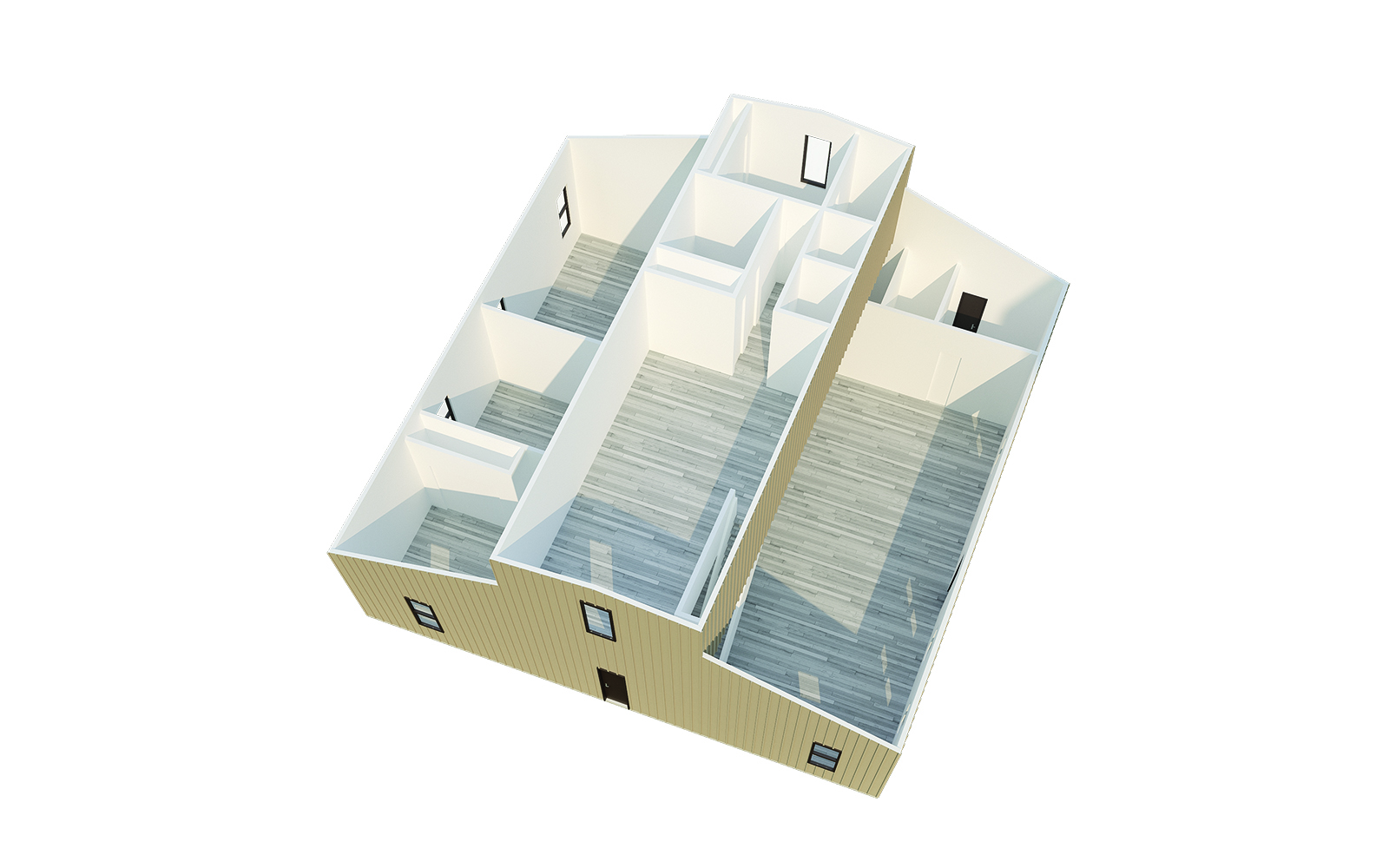
Four Facts to Follow When Buying Land
There are plenty of factors that go into choosing the right steel building for your needs. Size, cost, location – the list goes on and on. But before you make decisions about the building itself, you might need to consider your budget as well as the land where you’ll be erecting the building. Purchasing land for your new building is an intensive process that requires a lot of research and careful decision-making.
4 Facts to Follow
- Is it buildable?
- What's the zoning?
- How much does it cost?
- How will I pay for it?
Fact #1: Is It Buildable?
Land investments are obviously huge decisions, which makes a quality evaluation the cornerstone of any savvy purchase. The first thing you should know about purchasing land is that local laws will dictate much of the buying process, so it’s important to have a firm grasp on what your local government requires before purchasing land. One of the requirements is that the lot falls under the government’s definition of “buildable”, which can vary from one city to the next. A buildable designation means that all government entities have given permission to build on the desired site. It’s important to note that just because a lot has been deemed “buildable”, doesn’t mean it’s an ideal, or even good, place to build. That can only be verified through your own research and by measuring your land to make sure it’s the right size for your project.

Fact #2: What's the Zoning?
A lot of research will be required to properly navigate all that is related to zoning. Zoning refers to government ordinances that regulate the use of land as determined by a local board. The board or “building committee” hopes to establish a set of goals that make sense and ultimately benefit everyone in the community.
The board establishes specific zoning districts, which are then divided into smaller sub-districts. You can find out which zoning district your desired land sits in by looking at city websites, but we recommend going to city hall in person, where you can pick up a map and speak to city employees and officials. They may have greater insight into the property and future of the community. Each zoning district comes with its own set of guidelines and restrictions. Here are a few you should be familiar with before purchasing land.
Resources Selected For You
Measure Your Lot
Have you already found the perfect lot? Use our map app to find the parcel and place a steel building or other structure on the property.
Metal Building Cost Per SQFT
Buying land is only one part of completing a project. Discover how to get a metal building cost per square foot price you can rely on.
Expert Insight
After agreeing to purchase a parcel of land, the land owner will agree to a due diligence period. During the due diligence period you can determine whether or not your project is possible on the parcel. If the project is not feasible based upon one of the previously agreed upon contingencies, you can choose not to buy the land without penalty.

6,525 Total Lot Coverage / 8,000 Lot x (100) = 81.56%
Lot coverage generally refers to a percentage of the lot that is covered by the building. Many zoning districts calculate lot coverage differently, so once again, be sure to know your district’s standards. Here’s how you would calculate the total lot coverage if you had an 8,000 square foot lot and wanted to build a 50′ x 100′ metal building with sidewalks and a driveway.
Lot Coverage Cannot Intrude
Some physical landscapes are regulated or protected for a variety of reasons. These include wetlands, flood plains, historical sites and land home to endangered species. These landscapes are regulated because they pose a significant risk to potential builders. Check with local government officials to assess the risks and consider solutions or alternatives.
Fact #3: How Much Does it Cost?
Once you’ve finished all of your research, and you’ve decided on a piece of land, it’s time to make a bid. All of the information that you’ve gathered has helped you make this decision, but it has also equipped you to make a knowledgeable and respectable offer. If you’re comfortable writing the official bid yourself, you are free to do so. But due to the complexity of land investments, we recommend hiring a lawyer to assist with the paperwork and official bid process.
How to Use Earnest Money
One way to get the attention of a seller is by putting forward earnest money during the bid process. Earnest money is a relatively small amount of money put into an escrow account, usually 2-5 percent of the total value of the property. Earnest money indicates your level of interest in the property and can be a valuable bargaining chip for a highly contested piece of land. However, if for some reason you don’t successfully close on the deal, the seller has the right to keep the earnest money.
Fact #4: How Will You Pay for It?
One way to avoid forfeiting your earnest money is through the use of contingencies. Contingencies are stipulations and questions, put in writing on the bid, that establish expectations that must be met before a sale is final. Contingencies allow the buyer to make more informed decisions and protect them from forfeiting earnest money. Once again, these stipulations and questions should be written with the guidance of a lawyer.
Example Contingencies
- Zoning
- Subdivision
- Financing
Financing Avenues
- Owner Financed
- Local Bank Land Loans
- Big Bank Land Financing
How to Get Starting Buying Your Land
As you can see, a couple of the most important factors in purchasing land are doing your homework and being prepared to offer your vision for the property. These signal to the sellers, real estate agents, lawyers and lenders that you’re serious about buying land and ensures you receive the best deal possible.